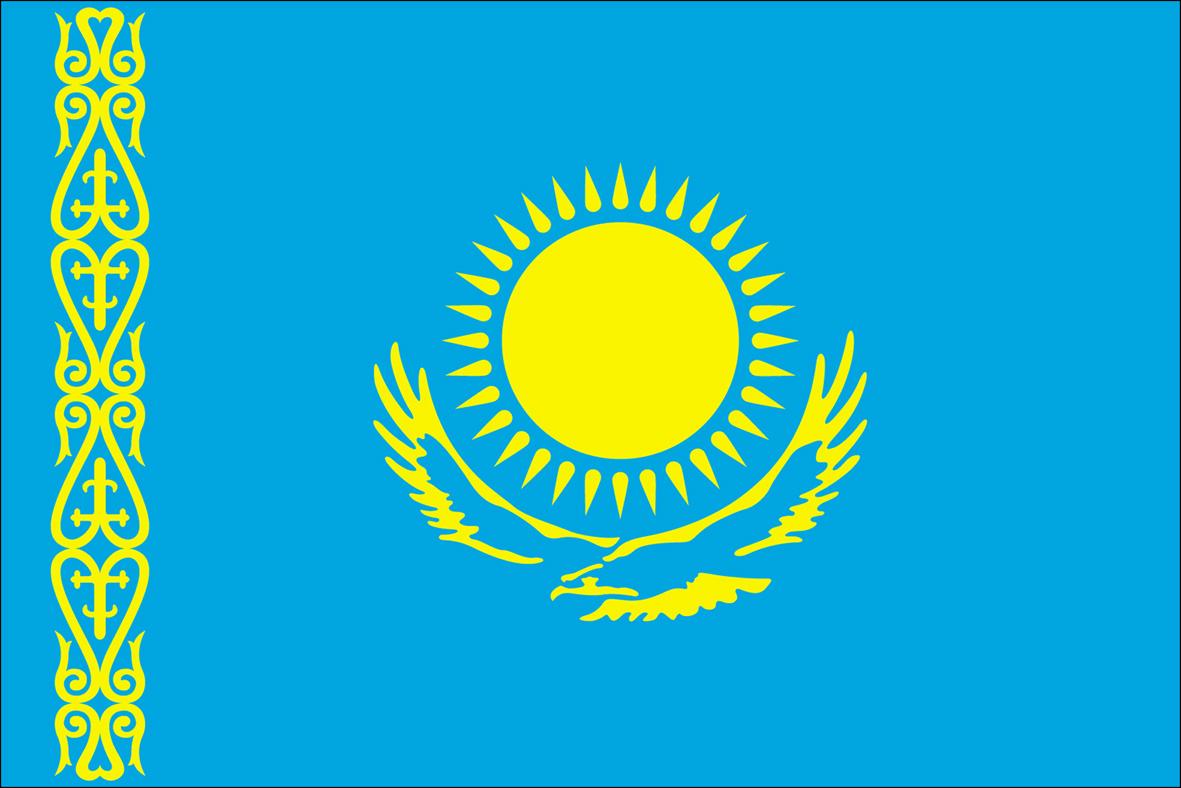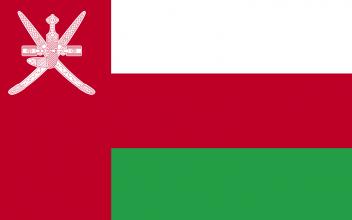The Topkapı Palace Museum
Topkapı Palace was not only the residence of the Ottoman sultans, but also the administrative and educational centre of the state. Initially constructed between 1460 and 1478 by Sultan Mehmed II, the conqueror of Constantinople, and expanded upon and altered many times throughout its long history, the palace served as the home of the Ottoman sultans and their court until the middle of the 19th century. In the early 1850s, the palace became inadequate to the requirements of state ceremonies and protocol, and so the sultans moved to Dolmabahçe Palace, located on the Bosphorus. But despite this move, the royal treasure, the Holy Relics of the Prophet Muhammad, and the imperial archives continued to be preserved at Topkapı, and since the palace was the ancestral residence of the Ottoman dynasty as well as the place where the Holy Relics were preserved, Topkapı continued to play host to certain state ceremonies. Following the abolishment of the Ottoman monarchy in 1922, Topkapı Palace was converted into a museum on 3 April 1924, on the order of Mustafa Kemal Atatürk.





